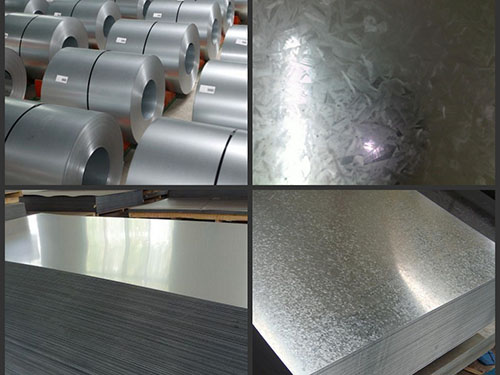At the hot galvanized, the temperature of the zinc liquid is kept at 445-450 ° C. If the temperature is low, the zinc layer obtained is thicker and the amount of zinc consumption is large; when the temperature reaches 480 ° C, it will cause the iron zinc alloy layer to grow rapidly, the thickness and brittleness of the coating will increase, the dissolution rate of iron increases, the plating layer is rapidly rapidly Oxidation and ash.
From the relationship between the soaking time of industrial pure iron, the relationship between iron loss and galvanized temperature can be seen that when the soaking time remains unchanged, when the temperature rises to 480 ° C, the iron loss increases sharply with the increase of the temperature of the zinc liquid. At ° C, the iron loss increased to the maximum value. After exceeding 500 ° C, the weight loss of iron in zinc liquid began to decline.

The actual production shows that when the zinc liquid does not add any elements that suppress the growth of the alloy layer, the thickness of the alloy layer depends on the temperature and galvanized time of the fluid, and it has nothing to do with the speed of the plating from the zinc liquid. The thickness of the pure galvanized layer depends on the migration speed, and it has nothing to do with the temperature of the zinc liquid and the time of galvanizing. The thickness decreases as the temperature rises, but increases with the increase of the movement speed.
